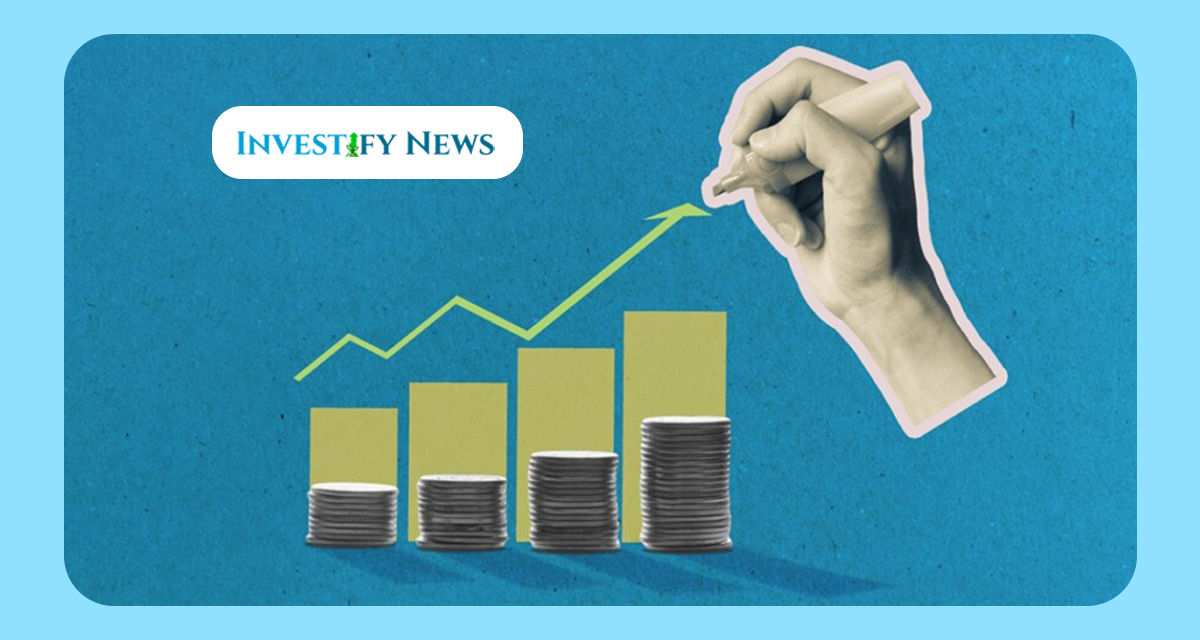In today’s digital age, smart assets are changing the way we manage wealth, invest money, and even own things. But what exactly is a “smart asset”? Is it the same as a regular asset? Not quite.
Let’s simplify it.

✅ Simple Definition: What Is a Smart Asset?
A smart asset is a digitally enabled, trackable, and often automated asset that uses technology to improve ownership, management, or investment.
These assets are often powered by:
- Blockchain
- Smart contracts
- Internet of Things (IoT)
- Artificial Intelligence (AI)
In simple terms:
A smart asset is any asset that uses tech to be smarter, faster, and more secure than traditional assets.
📊 Examples of Smart Assets
| Smart Asset Type | Example |
|---|---|
| Digital Real Estate | Virtual land in the Metaverse |
| Tokenized Physical Assets | Real estate or gold represented by blockchain tokens |
| Smart Contracts | Automated investment agreements (no middleman) |
| NFTs (Non-Fungible Tokens) | Unique digital art, media, or collectibles |
| Crypto-Backed Financial Products | Crypto savings accounts or auto-trading bots |
| IoT-Linked Assets | Smart homes or cars tracked and managed in real time |
🧠 Why Are They Called “Smart”?
They are called “smart” because they:
- Operate without human intervention (thanks to automation)
- Offer real-time data or updates
- Use secure technology (like blockchain)
- Can be bought, sold, or traded instantly
- Have built-in rules (via smart contracts)
🔐 How Smart Assets Work ( Simple Breakdown )
Let’s say you invest in a real estate token. Instead of buying an entire property, you own a digital share of it via a blockchain platform.
✅ It earns rent →
✅ Rent is automatically split and paid to owners. →
✅ All records are secure and visible. →
✅ You can sell your share anytime on the same platform
This makes ownership faster, safer, and more transparent.
📈 Benefits of Smart Assets
1. Transparency
Every transaction is recorded and visible on the blockchain—no shady deals.
2. Automation
Smart contracts handle rules like payments, ownership transfers, and interest payouts.
3. Accessibility
Fractional ownership lets people invest with less money.
4. Speed
Instant transactions without banks, brokers, or paperwork.
5. Security
Blockchain and encryption protect data and prevent fraud.
Are Smart Assets Risk-Free?
Not at all. Here are a few things to watch out for:
- Market volatility (especially with crypto-based smart assets)
- Lack of regulation in some countries
- Technology risks, like hacks or smart contract bugs
- Scams in poorly vetted projects
💡 Tip: Always research the platform and asset before investing.
🏦 Real-Life Use Cases in 2025
Here are some real and growing ways smart assets are being used today:
- Mastercard is using AI to detect fraud (smart financial tools)
- Smart homes adjust temperature and lighting based on your behavior
- Crypto savings accounts that pay you interest
- NFTs used for identity, gaming, or even real estate deeds